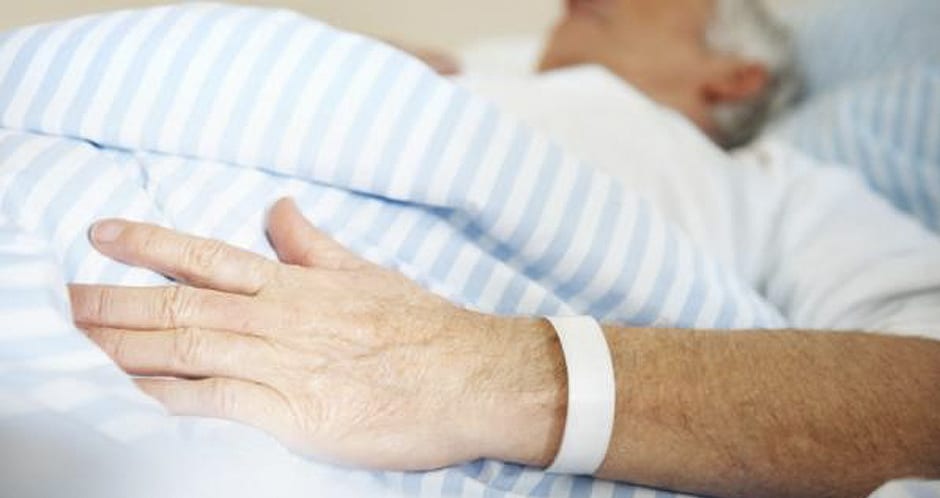
The 2017 Federal Budget was kind to the aged care industry when it was announced that there would be no cuts to current funding. Now it appears that aged care will receive even more funding to create more beds.
It was announced earlier today that the government will be providing an additional $649 million per year to create 9,911 new residential aged care places for the 2016-17 Aged Care Approvals Round.
The Federal Minister for Aged Care Ken Wyatt emphasised the importance of choice and control in the care that older Australians’ receive.
“Australians want greater choice and control over their care and this investment does exactly that,” Minister Wyatt said.
“As people grow older they increasingly want flexibility in the services they receive and how and when they access them”.
Minister Wyatt said the additional funding will benefit thousands of older Australians across Australia who are considering a move to residential aged care.
“With our rapidly ageing population, the Australian Government is committed to providing a sustainable aged care system that meets the needs of our older Australians,” he said.
“Three quarters of these residential places are being provided to the development of new aged care services, the remainder will enable existing aged care providers to expand their current facilities.”
People living in rural, regional and remote parts of Australia will also benefit with 2719 residential places being offered for services outside metropolitan areas.
But what does this mean for the competitive landscape of aged care?
As the industry becomes more crowded, operators will need to diversify to stay competitive not only to attract funds but also to deliver care and services that customers expect to see.
It is no longer enough to provide four walls, a bedroom, a bathroom and a kitchen. Seniors want to be living life to its fullest and the communities created must enable this desire and work harder and smarter to keep their residents connected into the community to ensure quality of life throughout their time in care.
Providers will need to start planning for the baby boomers entering aged care as they differ in a myriad of ways from the previous generation of seniors.
Having a major impact on the nature of the care, design innovation and generally ‘smart care’ will need to be incorporated with new technologies.
To aide this, the Australian Government will also be investing an additional $64 million in capital grants across the nation to help approved providers establish new services or upgrade existing facilities.
Over $57.6 million of this has been approved for non-metropolitan located services.
These’s funding increases come after the Aged Care Minister had a new panel created to review National Aged Care Quality Regulatory Processes after the failures of regulatory bodies to recognise the poor care and abuse that was happening at South Australia’s Oakden facility.
Today’s announcement also follows the one made in February which allocated 475 Short-Term Restorative Care places also through the 2016-17 Aged Care Approvals Round.
These Short-Term Restorative Care places, which have been estimated to up to $34.7 million a year, provide flexible aged care options that will help older people remain in their own homes for longer after injury or illness.
“The Turnbull government is committed to providing Australians with the best possible aged care with an estimate of $18.6 billion to be spent on aged care in 2017-18, rising to $22.3 billion in 2020-21,” says Minister Wyatt.
5